Streamlining Workflows and Operations for More Profit
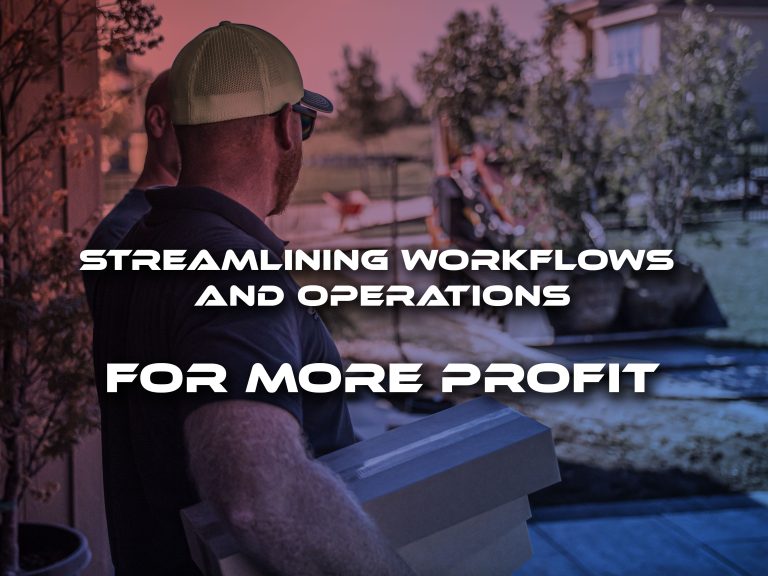
Workflows
Streamlining workflows and operations are what I believe to be the most overlooked opportunity to increase your net profits. It’s a sneaky one. It can be hard to make tangible. It’s easy to continue doing what you’ve always done, never realizing that there’s a better way, which in turn means the current way is costing you profits.
Aka opportunity cost.
Every hour you spend doing something inefficiently is dollars deducted right from your bottom line.
Two types of workflows
I’m going to focus on two types of streamlining workflows and operations:
- Logistics
- Technology
Logistics – An example of logistics would be things like getting a process for ordering materials on time.
Technology – An example of technology would be things like getting employees to clock in on an app instead of paper timesheets.
The whole point of focusing on streamlining your workflows and operations is to leverage your resources, save time (read save costs), reduce mistakes, and improve the quality of service.
In my experience at Tussey Landscaping, we first went through a season of figuring out how to know our numbers and learned the importance and effectiveness of budgeting. That lead to learning the importance of job costing, and knowing where we went wrong and where we went right.
All of this led to a tremendous stabilization of our pricing and profitability. Great!
But that’s not the end.
That was just the first half. There was a lot more juice to squeeze from the lemon.
Focus on our Workflows
After “knowing our numbers” thing, we focused on our processes and workflows. And in my opinion, we gained just as much profit to the bottom line in streamlining these as we did
They say stories are the best way to make a point or teach something. So I’m going to rattle off a bunch of mini stories of where we made mistakes and improvements at Tussey Landscaping during my 15 years there.
I’ll start at the very beginning, and some of these might seem like a no-brainer to you. And they are. But we all have to grind out our own realization and growth, don’t we?
We got off of paper.
Wow shocker, eh? Ha ha.
No joke, when I was a service tech taking care of water feature maintenance, callbacks, etc, I was operating my schedule, to-do list, and billing, completely off of a notepad, and my memory. Man! What a miserable stressful existence. Always that hovering fear I was missing or forgetting something.
Paper time sheets. We would all clock our hours on paper time sheets, with zero tracking as to what we had worked on that day. (Today I ask myself how on earth did we make decisions back then!) We eventually started writing our daily man hours, in pen, on the outside of the paper job folder. (That got rained on and dropped in the mud) But that helped. The designers and sales were finally getting a crude feedback loop into how long work took.
We got off of a whiteboard in the shop for our schedule and got it into an online calendar where we could view, update, and tweak the schedule at will. Back in those days I remember Steve the owner of Tussey literally taking a picture of that massive whiteboard then erasing everything, and starting to write it all out again to update it. Incredible. The pain we put ourselves through!
As we grew, we ran into more and more issues of not being able to get materials delivered on-site at the optimal times we needed to be able to efficiently continue working. So we bought a small single-axle Peterbilt and trailer to haul more of our own materials and get more flexibility and freedom in planning.
But the next layer to that problem is the business of the landscape center when we’d go pick things up for the job. We’d be waiting, discovering that someone had dropped the ball and no one and ordered the materials for that job… what a nightmare.
So we did two more things.
We ordered materials immediately
We started ordering the materials the moment the job was sold, instead of ordering just a few weeks ahead of the job start time.
Then we started having the landscape center deliver the materials, the moment they arrived, not to the job site, but to our shop.
This was probably one of the biggest, most effective things we did in this whole list. No longer were we realizing at the last minute some materials weren’t in. No longer were we fighting the crowd at the landscape center to pick things up. No longer were we sending a truck full of guys to pick up a couple of layers of pavers. Instead, the materials were being ordered immediately. Who cared if something was back ordered a few weeks? We weren’t starting that newly sold job for 2 months yet.
Then when the materials showed up, we immediately had them at our shop, where we could haul them ourselves when we needed them. We didn’t have to bring the entire order at once if the job site access was tight. We could bring it in multiple stages. And if the schedule suddenly changed, and we wanted to squeeze in a job that had been scheduled a month out, right now, no problem. Everything was sitting right there, ready to go.
Now keep in mind, there was a certain level of scale needed to bring about all those efficiency changes by having our own big delivery truck. I wouldn’t recommend it to someone just starting out, etc. That’s a big expensive piece of equipment on your overhead. The line in the sand for us was when the opportunity cost of having to deal with all the inefficiencies outweighed the cost of the truck. Just consider that carefully when determining whether that’s the right thing for you at the stage you are in now.
Conclusion:
I could go on and on with more examples. But you get the idea. I’m telling you, you could add 10% to your net profit just by focusing on increasing your efficiency, and not changing anything else.
It’s incredible the pain we endure to do it the hard way. Now, this growth and efficiency gain doesn’t happen overnight. There’s a sense in which you need to grind out the growth yourself, take the principle and assess it against your own business. Adapt it to best serve you. But don’t feel prey to the human tendency to live in a world where it’s easier to continue doing what you’ve always done, even if that system is hard, broken, and painful. There’s something alluring about familiarity that we cling to. Growth and progress require suffering and reaching outside of your comfort zone.
Weston

Weston Zimmerman
CEO and co-founder
See SynkedUP in action
Related Articles
Tips To: Improve Client Experience
Cutting costs isn't the same as saving money. Learn how to use leverage, not panic, to drive real profit and...
What is the Most Difficult Challenge You’ve Overcome?
Cutting costs isn't the same as saving money. Learn how to use leverage, not panic, to drive real profit and...
Why Time Tracking is Critical for Contractors
Cutting costs isn't the same as saving money. Learn how to use leverage, not panic, to drive real profit and...
Why Cutting Costs Isn’t the Same as Saving Money
Cutting costs isn't the same as saving money. Learn how to use leverage, not panic, to drive real profit and...
Slow Down to Speed Up
A quick leadership gut check: Are you building what really matters? Slow down, realign, and lead with intention.
The One Calculation Every Contractor Should Know
Contractors: If you’re not factoring in overhead, you're not pricing right. Learn how to calculate breakeven and stop guessing your...
What Owns Your Day? Urgency or Importance?
Stuck in a cycle of chaos and urgent tasks? Break the cycle with better systems, clear processes, and leadership that...
Taking Care of Your Team
Leadership isn't barking orders - it's listening, appreciating, and building problem solvers. Here's how to lead without burning out.
The Cost of Avoiding Issues in Your Business
Avoiding stuff in business adds up, with interest. Don't try harder, build systems that make success default. Do hard things,...
Leveraging Your Job Data for More Accurate Estimates
Stop estimating from the gut. Track time, collect job data, and turn it into faster, more accurate production rates.
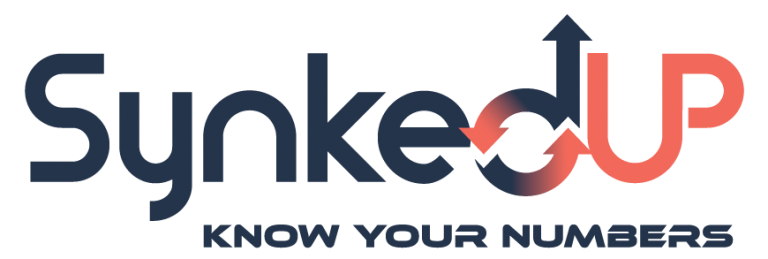
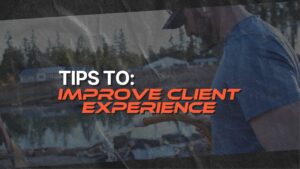
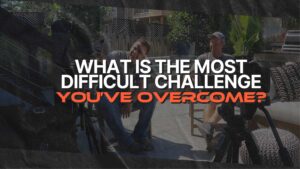
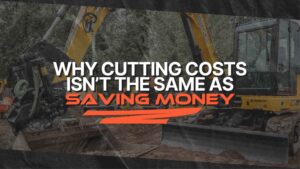

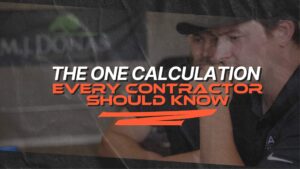
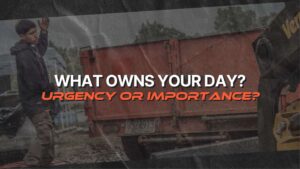
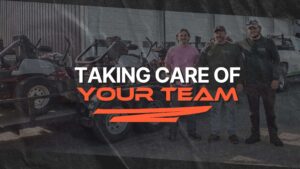
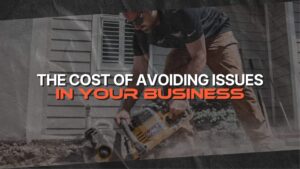
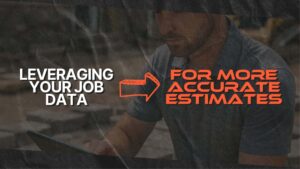
4 Responses
Ordering immediately is one of the first things I changed from the company I worked for when I went out on my own business. That, and holding an inventory of parts only available from a select supplier in our area.
💯👍
Keep them coming. These stories help guide the next step for many of us I’m sure!
Sure thing! Thanks for taking the time to drop your feedback. Cheers! 🥂